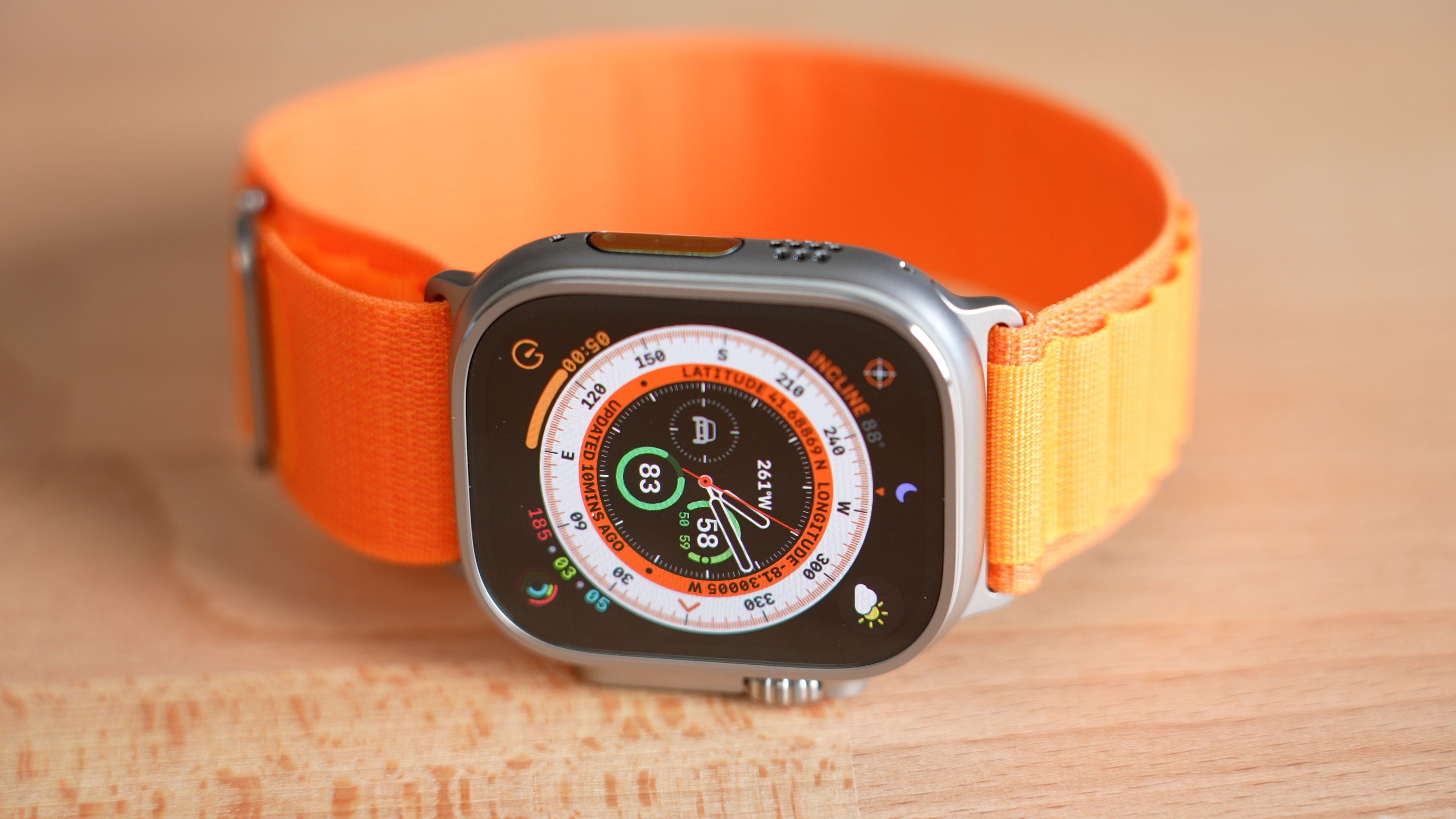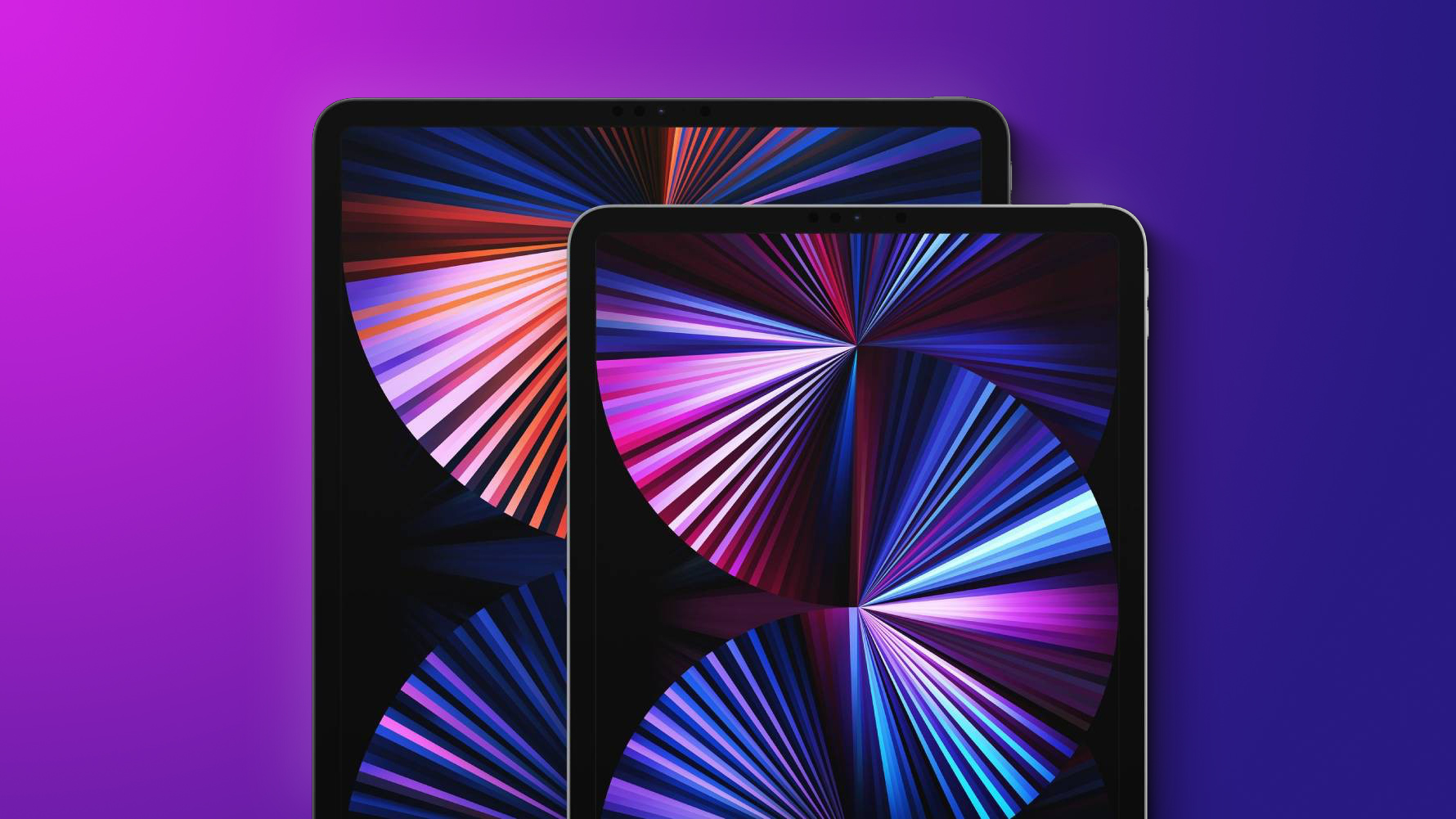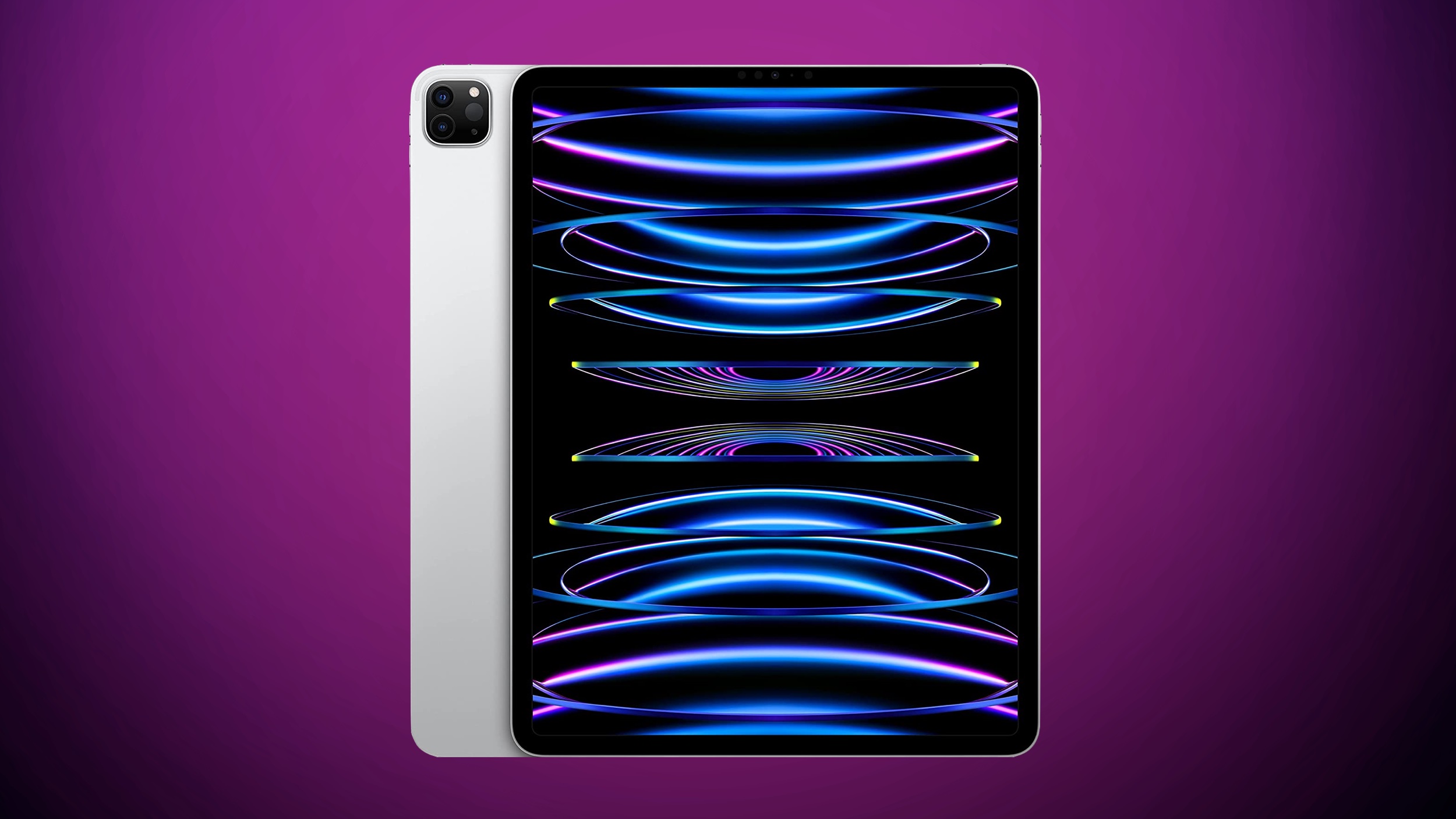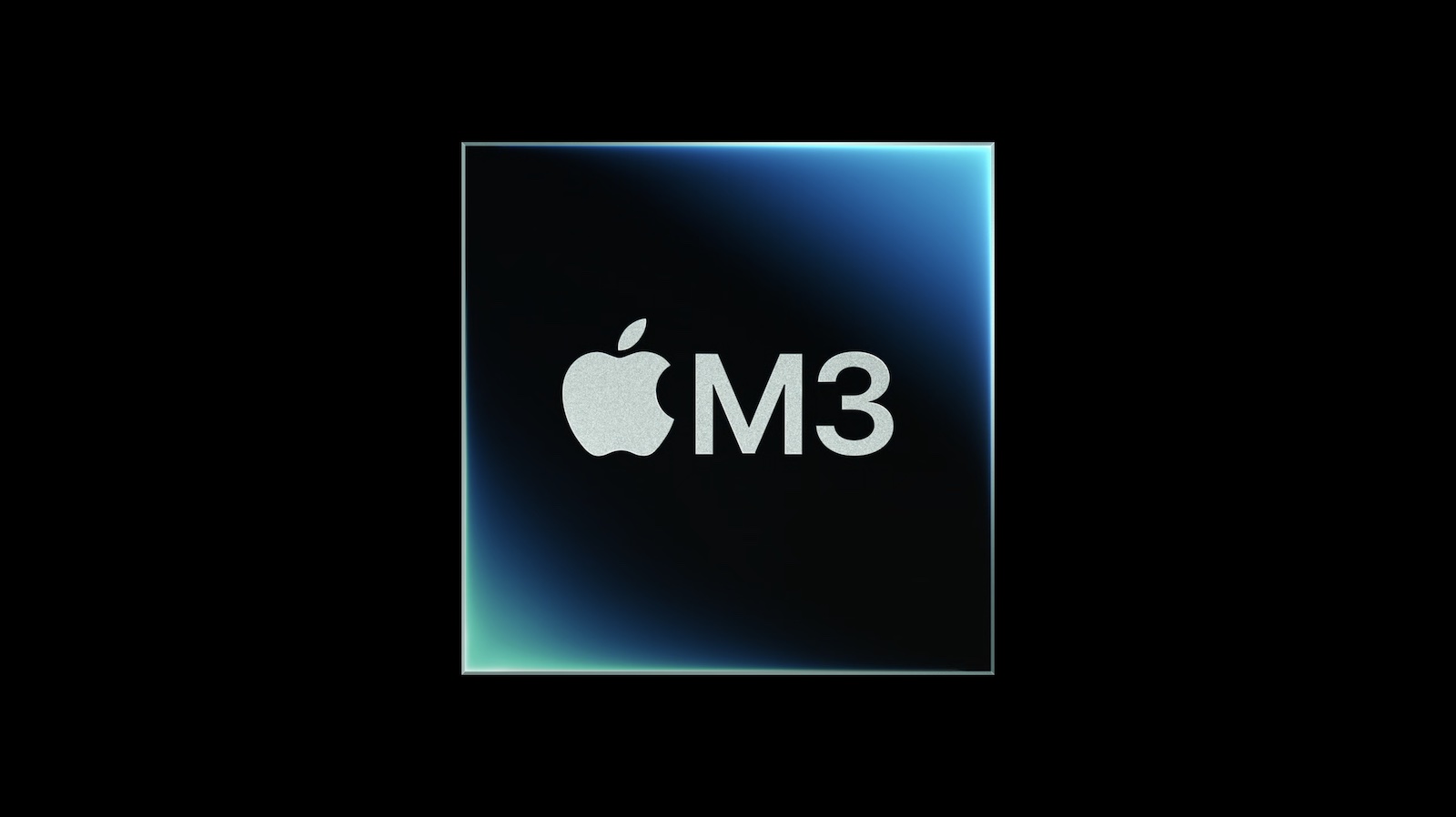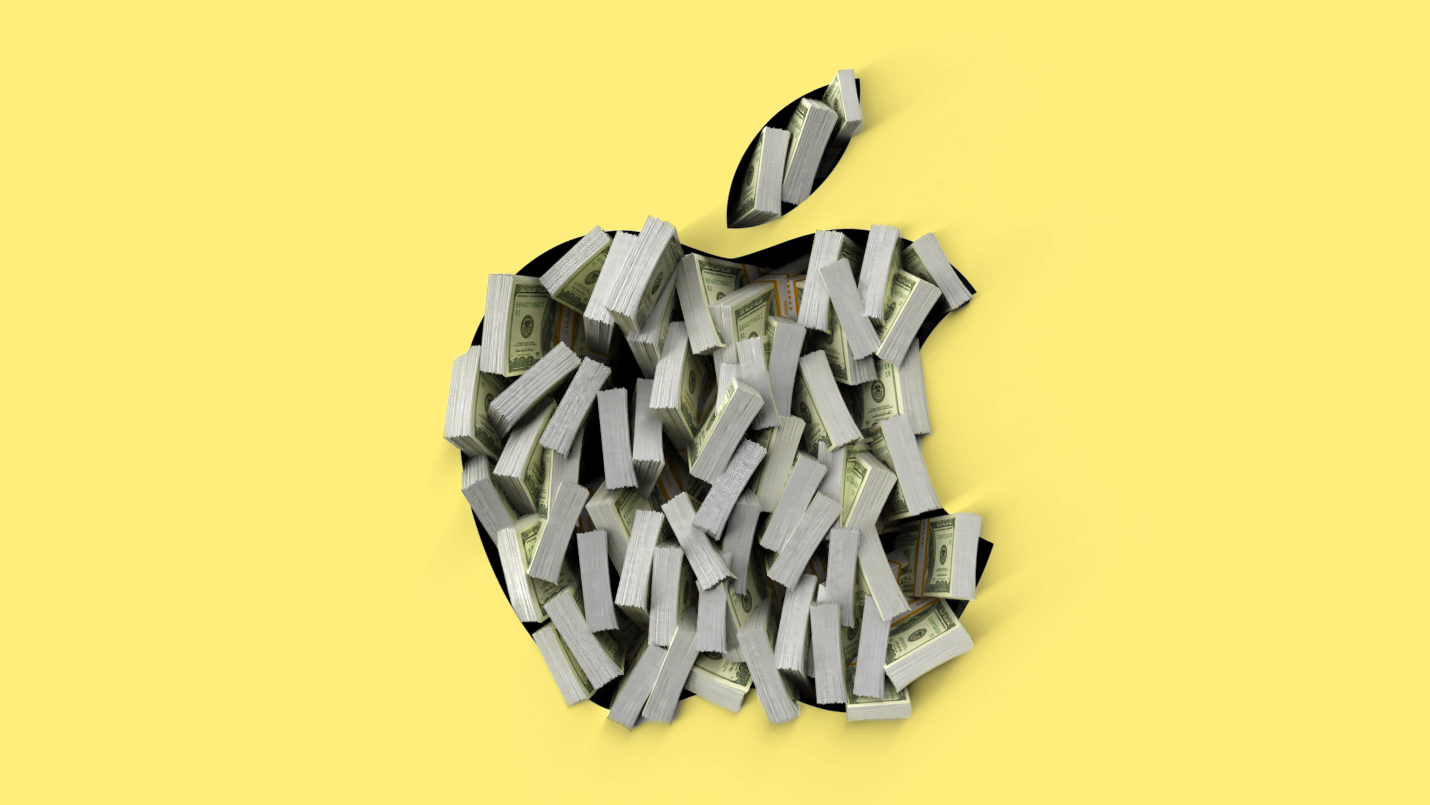![]()
Apple is developing OLED technology for the iPad, and the new displays are expected to come to the iPad Pro models as soon as 2024. This guide aggregates everything we know about Apple's plans for the OLED iPad Pro.
Sizing
Apple is expected to
offer the first OLED iPads in sizes that are similar to the current iPad Pro sizes, providing one smaller 11.1-inch model and a larger 13.1-inch model. In the future, OLED iPad models could be
as large as 15 inches, but Apple is sticking to smaller screen sizes for now.
Rumors suggest that Apple supplier BOE is developing OLED displays as large as 15 inches, which could be used for a larger-sized iPad. According to
Bloomberg's Mark Gurman, Apple is considering iPads that exceed 12.9 inches, and in 2021, he claimed that larger sizes were a "couple of years down the road, but could be scrapped all together.
OLED Improvements
Compared to the mini-LED technology that Apple uses for the 12.9-inch iPad Pro at the current time, OLED will bring deeper blacks, faster refresh rates, and improved contrast.
With an OLED display, the brightness of each pixel can be controlled individually, which means TV shows, movies, and other content that uses high dynamic range lighting will look much more realistic and true-to-life than on a mini-LED display, depending on how high Apple can boost brightness. OLED displays are also known for having better viewing angles than LED displays, but this is of less importance on a tablet-sized device than something like a TV.
OLED displays are more efficient than mini-LED displays, especially with the dual-stack technology that Apple plans to use. We can expect improved battery life on the OLED-equipped iPad Pro models, and it could facilitate always-on display technology on the iPad.
OLED technology can have downsides like burn-in and issues with maximum brightness, but Apple is using technology that will mitigate these problems. Unfortunately, it could make the first iPad Pro models much pricier.
Apple is rumored to be aiming for "unrivaled"
image quality, as well as a design that cuts down on the thickness and weight of the iPad display.
M3 Chip Technology
The iPad Pro models coming in 2024 are expected to feature the M3 chip that was first used in the MacBook Pro and iMac models. Built on a 3-nanometer process, the M3 chip has a faster CPU and GPU compared to the M2 chip in the current iPad Pro models.
Pricing
A March 2023 report from Korean site
The Elec suggested that OLED displays will make the iPad Pro models
much more expensive. The 11-inch OLED iPad Pro could be priced starting at $1,500, while the 13-inch model could be priced starting at $1,800.
Right now, the 11-inch iPad Pro is priced starting at $799, while the 12.9-inch model with mini-LED display is priced starting at $1,099.
The cost increase is due to the OLED panels, which cost more to source. Apple is using new production processes that have not yet been combined to create OLED panels of the required size. Display analyst Ross Young has said that Apple's requirements for the screen will lead to a "more expensive OLED panel" than other OLED panels on the market.
Apple is said to want a very thin design using a tandem-stack design, a display manufacturing technique that improves display longevity and efficiency. Dual-stack construction can boost the lifespan of an OLED panel up to 4x, and it also results in higher brightness levels.
Apple is planning to source OLED panels from Samsung and LG Display. Both manufacturers are rumored to be developing two-stack tandem OLED panels specifically for Apple.
MagSafe Charging
The next-generation iPad Pro could potentially
include support for MagSafe charging.
Back in 2021,
Bloomberg's Mark Gurman said that Apple was considering a glass back for the 2022 iPad Pro, allowing for MagSafe wireless charging capabilities. The 2022 iPad Pro models did not feature wireless charging, a glass back, or notable design changes, but it is possible that Apple tabled the feature for a future launch.
Apple could be planning for a glass-backed iPad Pro next year, which would support MagSafe and Qi-based charging. There is also a chance that the MagSafe charging for the iPad that we're hearing about refers to a Mac-like magnetic charger rather than an iPhone-style magnetic charger, but that remains to be seen.
Storage
Apple might offer
up to 4TB of storage, which would be double the current 2TB maximum.
New Magic Keyboard
The revamped iPad Pro models with OLED displays will be accompanied by a
refreshed version of the Magic Keyboard that includes a larger trackpad to make the iPad Pro look more like a laptop than the current model.
Apple Pencil 3
There have been rumors of a
third-generation Apple Pencil with interchangeable magnetic tips, and if there is a new Apple Pencil in the works, it could come out alongside refreshed iPad Pro models.
Launch Date
Apple is expected to introduce
the first OLED iPad Pro models as soon as March 2024.
Article Link:
Apple's 2024 OLED iPad Pro: All the Rumors So Far


